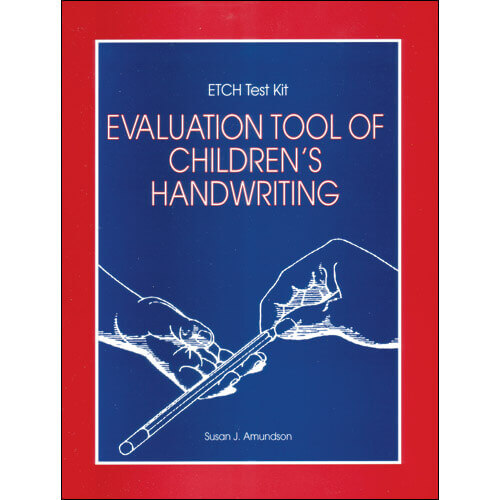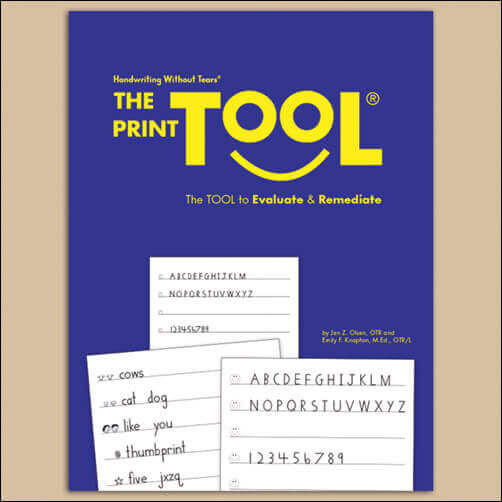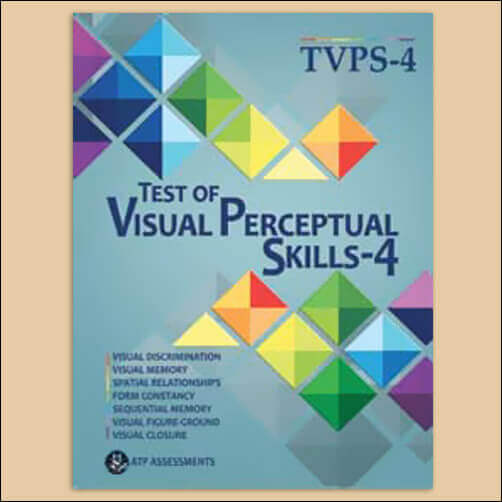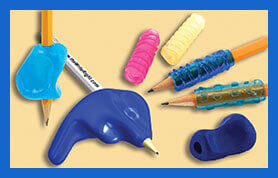January 23 celebrated National Handwriting Day. In honor of a holiday near and dear to many occupational therapists’ hearts, we tasked you all with sending us your best ideas, tips, tricks, and opinions on all things handwriting. We then compiled these comments into Therapro’s first-ever series of collaborative blog posts. Our first topic, handwriting evaluations! Here is what you all had to say:
Favorite & Most Helpful Handwriting Assessment or Evaluation Methods
By far most therapists surveyed relied on non standardized measures and skilled observations to collect information about a students handwriting. When it came down to standardized measures the most popular were The Print Tool, The Evaluation of Children’s Handwriting (ETCH), and the Test of Handwriting Skills Revised.
Handwriting Evaluations: Pros & Cons
When discussing the pros and cons of each of these measures a few common themes emerged:
- The Print Tool provides detailed information about a student’s physical approach to handwriting, but it can be time-consuming to administer and score.
- Non-standardized measures can be quick and easy, but don’t provide needed normative data.
- It is difficult to gain reliable information when a student does not yet know the alphabet.
Other Factors to Consider When Evaluating Handwriting
Therapists surveyed indicated that evaluating a student’s motor performance as well as visual perceptual skills was a critical aspect of the handwriting assessment process. Sensory, environmental, and psychosocial factors were also identified as areas to include when assessing a student’s handwriting.
Helpful Hints & Suggestions for Evaluating Handwriting
- Include both a near-point and far-point copy task.
- Include observations of the student performing both preferred and nonpreferred tasks.
- When observing a child writing, position yourself for an optimal view of the student’s writing hand.
- Eliminate distraction.
- Have grips, different seating options, adaptive paper, and a variety of writing tools available to try.
- Have letter strips available for visual reference.
- Choose a topic that is of interest to the student to write about.
Thank you to all of the therapists who shared their knowledge and expertise!






